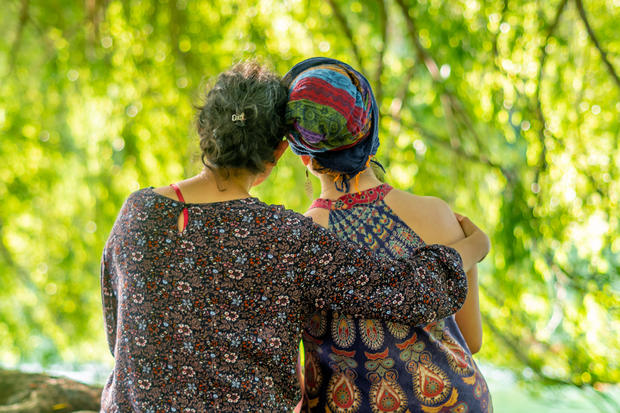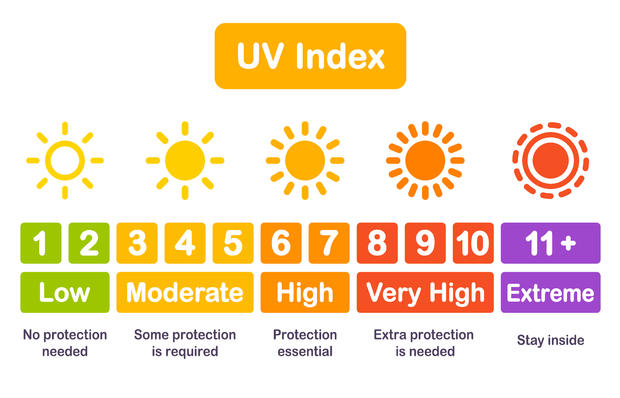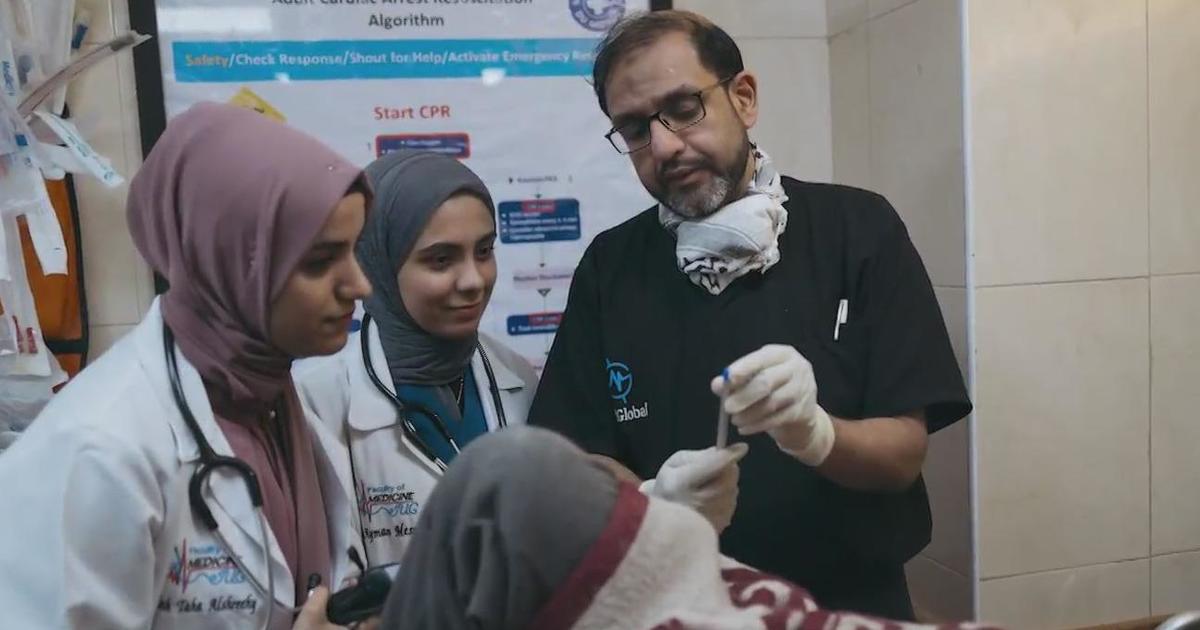National Cancer Survivors Day time for reflection, celebration of life
NORTH TEXAS (CBSNewsTexas) - Sunday is National Cancer Survivors Day – a day to honor and celebrate the more than 18 million cancer survivors in the U.S.
It's also an inspiration for those recently diagnosed, a gathering of support for families, and an outreach to the community.
People around the world will unite to recognize cancer survivors, raise awareness of the ongoing challenges cancer survivors face, and perhaps – most importantly – celebrate life.
Statistics at a Glance: The Burden of Cancer Worldwide
- In 2023, 1,958,310 new cancer cases and 609,820 cancer deaths are projected to occur in America.
- By 2040, the number of new cancer cases per year is expected to rise to 29.5 million and the number of cancer-related deaths to 16.4 million.
- Generally, cancer rates are highest in countries whose populations have the highest life expectancy, education level, and standard of living. But for some cancer types, such as cervical cancer, the reverse is true, and the incidence rate is highest in countries in which the population ranks low on these measures.
And as Texans dive into summer, it's important to remember that protecting skin from cancer causing rays isn't only for hot and sunny days.
According to the American Cancer Society, most skin cancers are caused by too much exposure to ultraviolet (UV) rays from the sun. They recommend sunscreens with a sun protection factor (SPF) of at least 30.
Read Texas cancer stats here.
Cloud cover reduces UV levels, but not completely. Depending on the thickness of the cloud cover, it is possible to burn on a cloudy day, even if it does not feel warm. Surfaces like sand, pavement, and water reflect much of the UV radiation that reaches them. Because of this reflection, UV intensity is often high even in shaded areas.
For those who think skin cancer isn't deadly, know that it's the most common cancer in the country. Most cases of melanoma, the deadliest kind of skin cancer, are caused by exposure to UV light. More skin cancers are diagnosed in the U.S. each year than all other cancers combined, according to The Skin Care Foundation.
How Can I Prevent Skin Cancer?
Know the UV index (UVI) rate
UVI gives an indication of the level of UV radiation and the potential danger of sun exposure.
Nearly all skin cancers could be prevented by limiting unprotected exposure to UV rays from the sun. When skin cancers happen, most can be treated successfully if detected early—even melanoma.
There are many ways to protect your skin from harmful UV radiation:
- Seek shade when you can.
- Avoid the sun when UV rays are strongest, generally between 10 a.m. and 4 p.m.
- Wear protective clothing.
- Generously apply sunscreen and don't let your skin tan or burn.
Skin Cancer Facts & Statistics
- Every hour of every day one American dies from melanoma – that's almost 10,000 people per year.
- Melanoma is the leading cause of cancer death in young women ages 25-30 and the second leading cause of cancer death in women ages 30-35.
- Every year in the U.S. nearly 5 million people are treated for skin cancer, at an estimated cost of $8.1 billion.
- More than 2 people die of skin cancer in the U.S. every hour.
- Approximately 9,500 people in the U.S. are diagnosed with skin cancer every day.
- One in five Americans will develop skin cancer in their lifetime
- Having 5 or more sunburns doubles your risk for melanoma






